Nowadays, when mentioning white shirts, people will immediately think of elegance, neatness and luxury. Whether a successful businessman, an office lady or a stylish fashionista, everyone has at least one white shirt in their wardrobe. But few people know that, in the 19th century, this seemingly elegant outfit was once considered a sensitive "underwear" and only for the working class.
When white shirts are considered "underwear"
Before the white shirt became a symbol of sophistication, it was used as an undergarment for men. Specifically, in the 19th century, white shirts were considered a form of underwear rather than formal wear. At that time, shirts were often worn inside multi-layered suits, with a waistcoat or a long coat. A gentleman at that time would never reveal his white shirt in public, because it was considered indecent behavior, even considered "naughty".
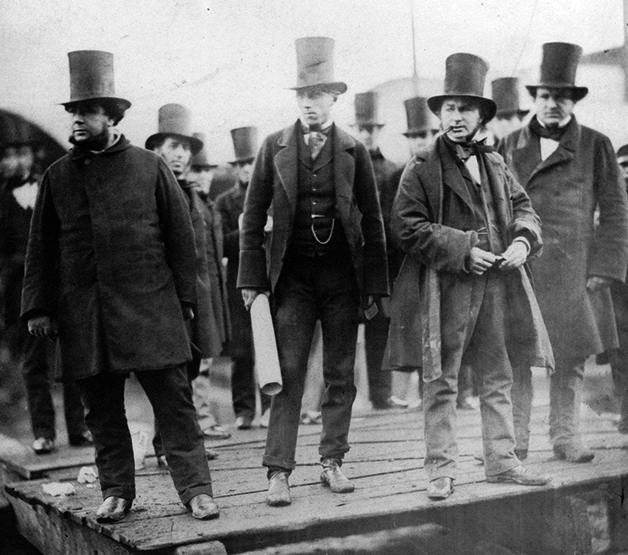
Illustration photo.
Only the working class, who could not afford to have many layers of clothing, wore white shirts without a jacket. So if an upper-class gentleman accidentally showed his shirt, it would be no different than someone today walking down the street in revealing pajamas or underwear.

Illustration photo.
Become a symbol of power
Things began to change when the white shirt gradually became a symbol of intellectuals and businessmen. As the way of dressing became more minimalist, the shirt was no longer hidden by bulky layers of clothing.
Gradually, the white shirt became not only accepted but also a standard of elegance. It was worn by gentlemen on formal occasions, from business meetings to important parties.

For men, the journey of the white shirt was from underwear to a symbol of elegance, but for women, the white shirt also had a meaning of "rebellion" and power. In the Victorian era, women were bound by elaborate dresses with tight corsets. Wearing a shirt - a simple and masculine outfit - was seen as an act against feminine norms.
By the 20th century, strong women like Coco Chanel pioneered the white shirt in menswear, turning it into a fashion statement of individuality and freedom.
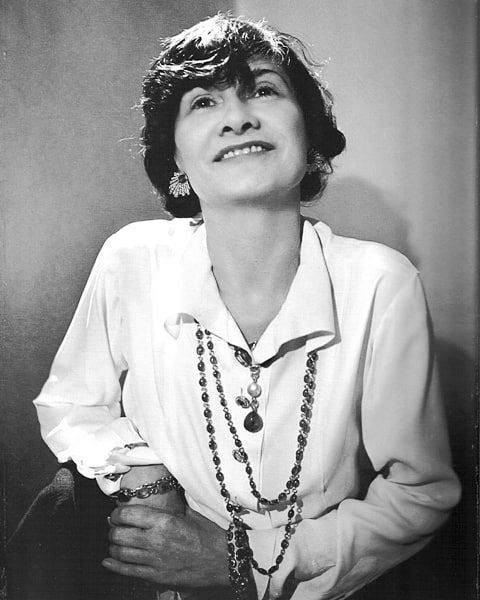
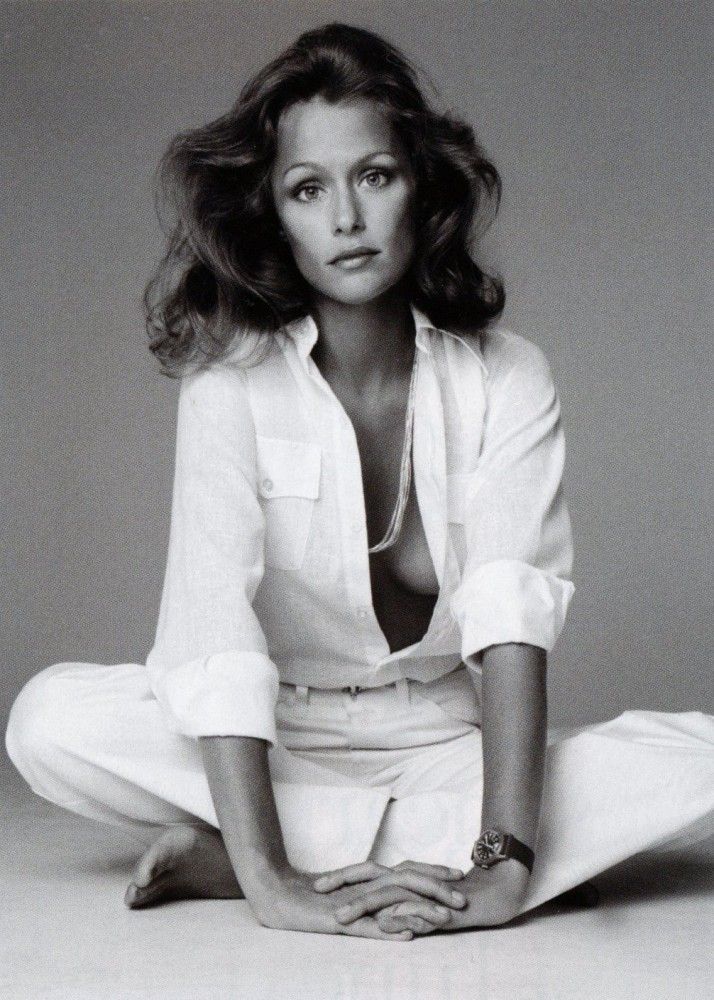
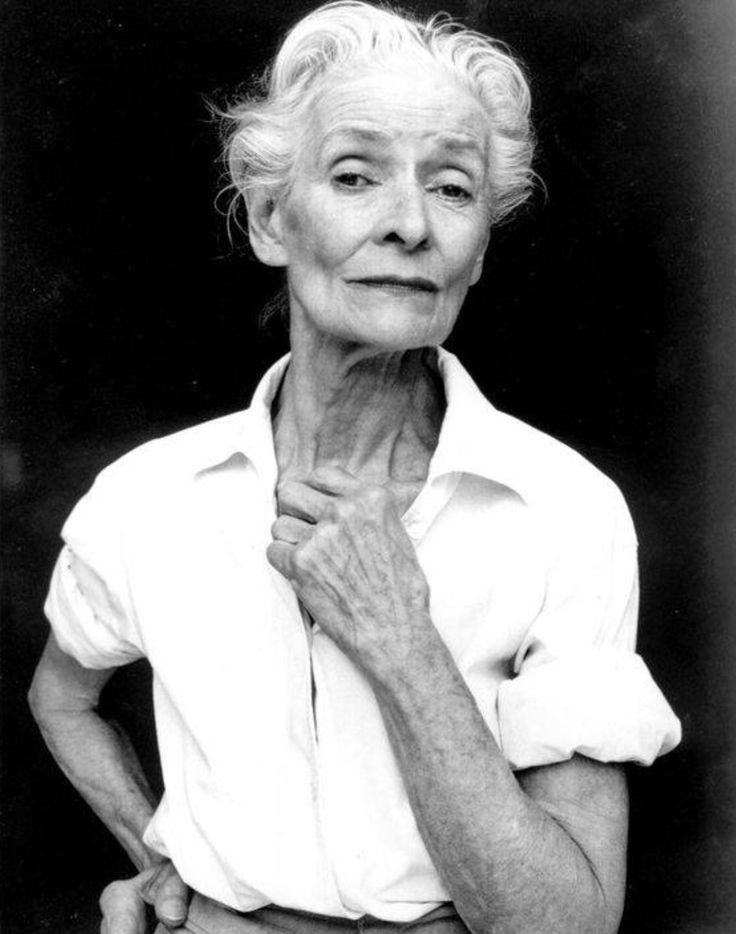
In the 90s, the white shirt became a classic item of clothing for supermodels and Hollywood stars. This seemingly simple shirt appeared in countless iconic fashion photos, from Kate Moss, Carolyn Bessette-Kennedy to Princess Diana.

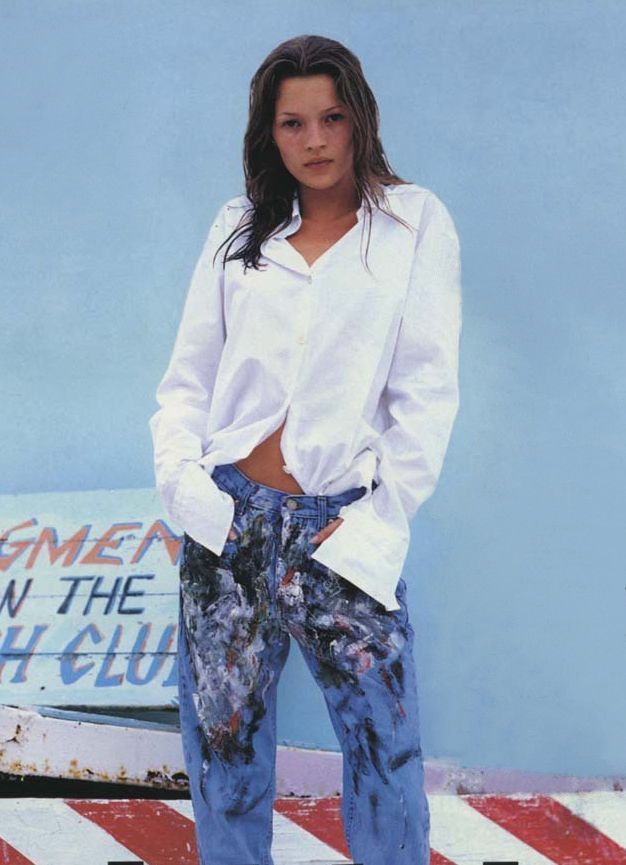
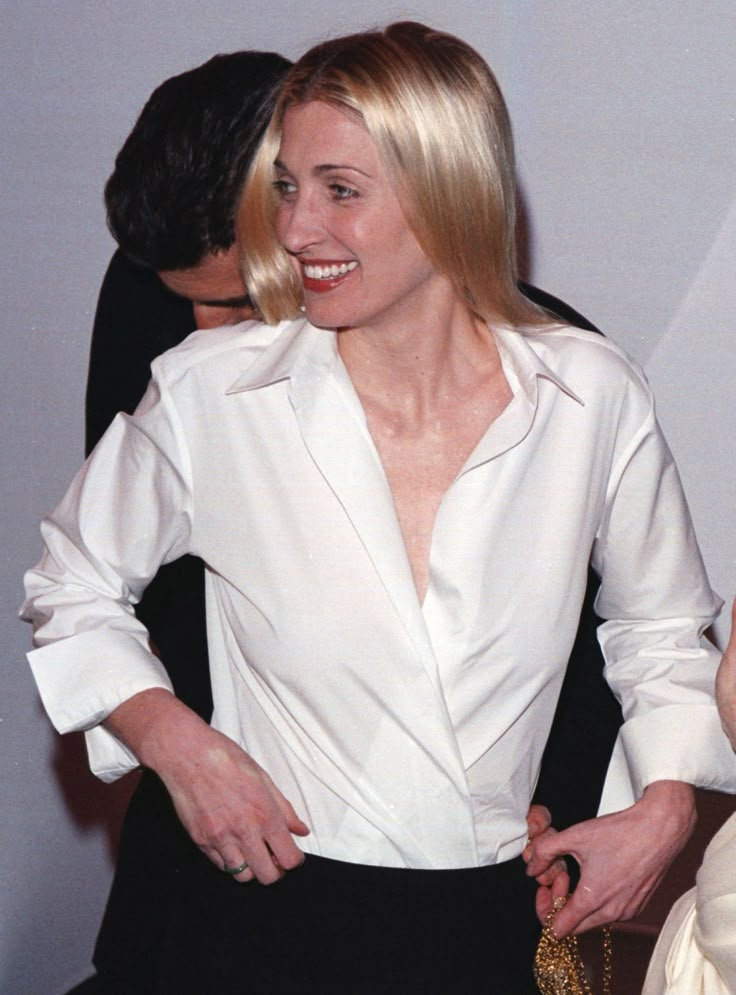
White shirts – from classic to trendy
Entering the 21st century, the white shirt not only maintains its position in office fashion but also becomes the most versatile item in the wardrobe of both men and women. It can be combined with trousers for a sophisticated look, combined with jeans for a dynamic look or layered with a silk skirt for a sexy style. Major fashion houses such as Dior, Saint Laurent, Prada are constantly innovating with the white shirt, from material, shape to design details.


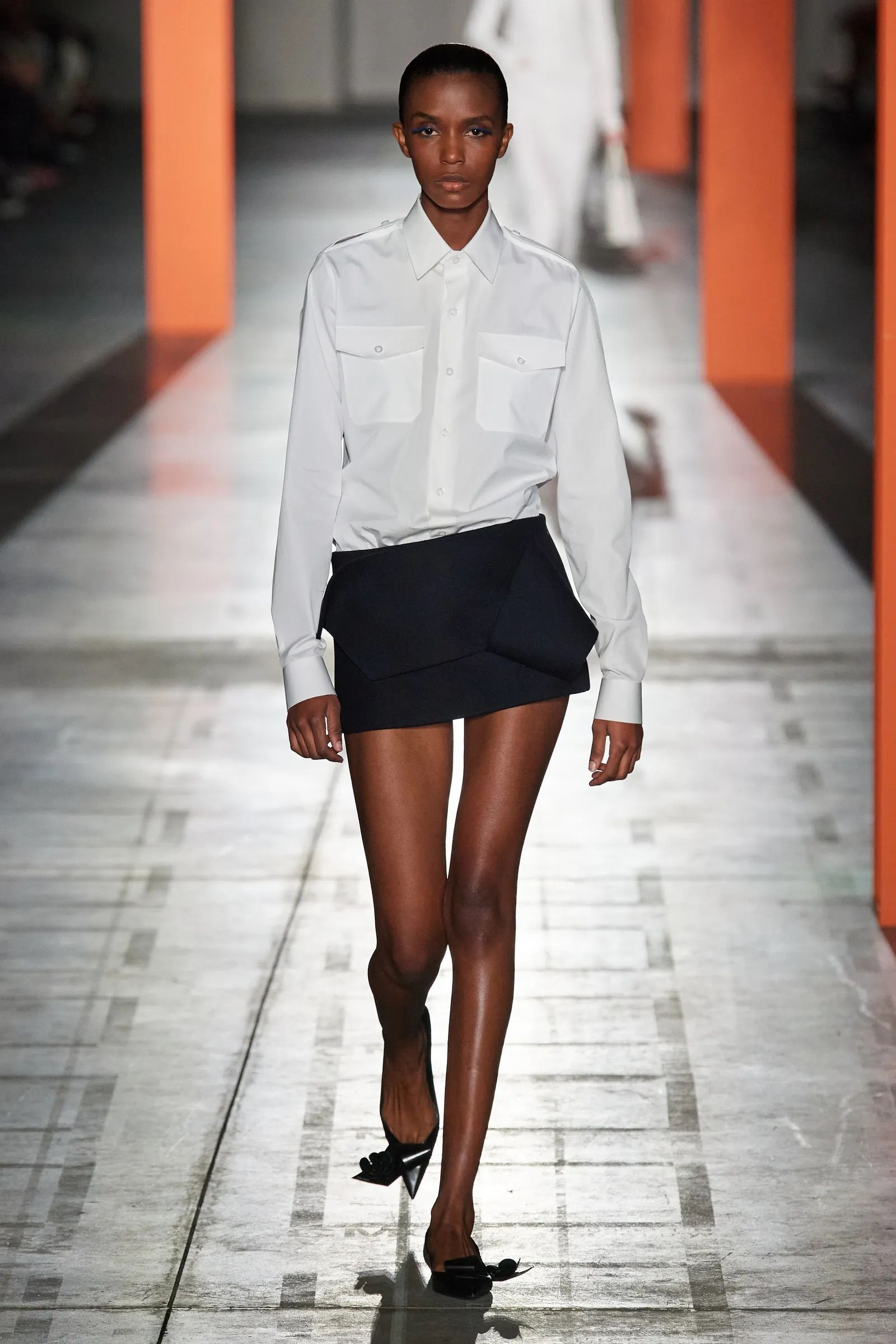
From an item once considered "sensitive", the white shirt has come a long way to become a fashion icon , asserting its position in all situations. If in the past, revealing a white shirt was criticized as impolite, now, wearing a white shirt can make you look more fashionable and classy than ever .















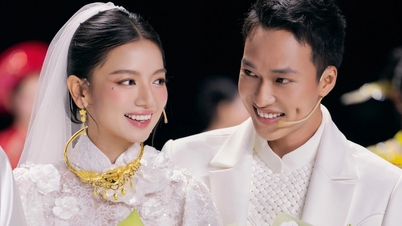














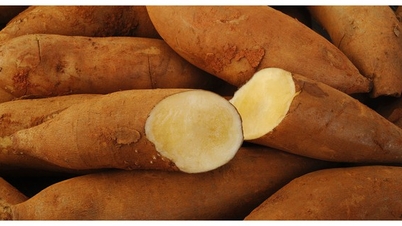



































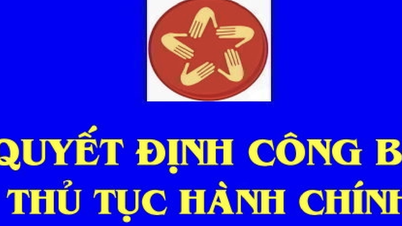
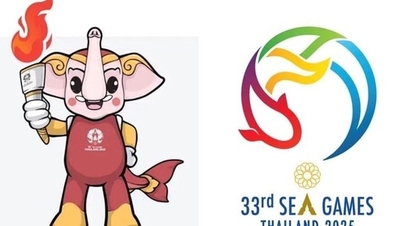


























Comment (0)